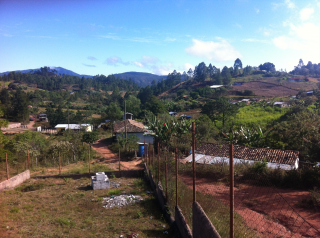La Cienega, Honduras
![]()
![]()
![]()
![]()
![]()
![]()
![]()
![]() Click on Programs to learn more about their work in this community
Click on Programs to learn more about their work in this community
General Information
| Population* | 1335 |
| Number of homes | 355 |
| Avg # of people per home | 4 |
| Number and % of children | 0-18 yrs old: 690/52% |
| Principal Occupations |
Agriculture, beans and corn |
| Water System |
Yes |
| Rural Bank | Yes |
| % of Houses with Latrines | 95% |
| Electricity | No |
| Corresponding Health Center and Distance | CESAR - La Cienega |
| Most Common Illnesses | respiratory problems |
| School Access and Distance | Kinder-9th grade, in community |
| Municipality | San Antonio del Oriente |
| Department | Francisco Morazán |
| Distance from compounds | 1 hour 10 minutes |
* Population does not reflect how many patients will be seen on medical
brigades as many people from surrounding communities come seeking
Medical Brigades medical attention.
Top Three Needs Expressed
The top needs expressed by the key community members are an improved water project because the current system only runs on solar power, electricity, a waste collection system, and a repairs on the health center’s roof.
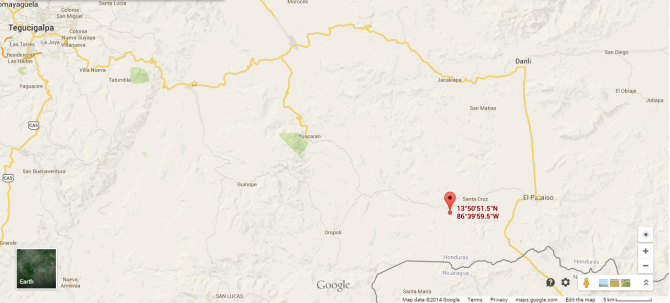
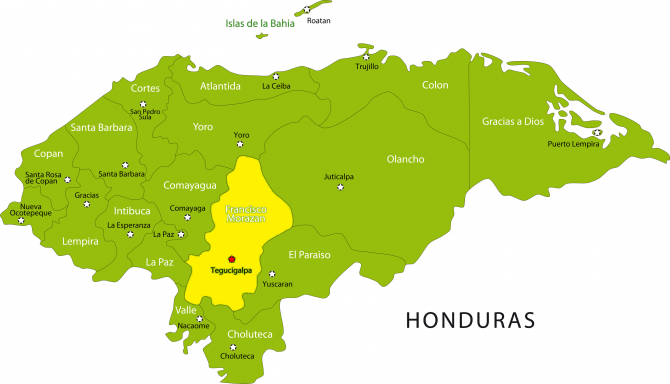
La Cienega is located in the mountains and tends to have a cooler climate. It is located relatively close to a main highway, so community members have some access to urban areas.
La Cienega’s educational system includes Kinder, Primary, and Middle schools (through 9th grade). In total, there are 113 students and Jerson Godoy is the school director.
La Cienega has a water system that was most recently constructed in 2005 with Proyecto Promesa that is a unique solar-powered system. Since its construction, the system has stopped working because the water source has dried up. There are a few wells in the community where community members can go to get water, but they are often far away and there is not sufficient water for all of the communities' needs. There is a Water Council made up of 7 active members, led by Apolinaria Salgado.
La Cienega does have a health center in the community staffed by nurse Fabiola Salgado. There is a basic sanitation committee made up of 5 members led by Apolinaria Salgado. Dentistry is not available at the health center.
The most common illnesses seen by community members are the flu, diarrhea, malnutrition, skin infections, high blood pressure, and diabetes. Approximately 95% of the community is estimated to have latrines that currently function. 4% has eco-stoves (estufas justas); most people have normal stoves with a chimney. About 25% is estimated to have cement floors and 95% to have pilas (water storage units).
The average family income per month is estimated to be 2800 Lempiras, which is approximately L560 (US $29.65) per person. The majority of homes are made of adobe. The main form of employment in the La Cienega is agricultural work on owned land and the main products cultivated are corn, beans, tomatoes, peppers, and cabbage. Members of La Cienega have access to credit through a large community bank made up of 76 members and started by Proyecto Promesa and ESFUERZO in 2002. This community bank followed a model similar to Global Brigades in that it first started in order to fund public health home infrastructure projects coordinated by Proyecto Promesa and an American volunteer from Zamorano. There is also a cooperative nearby in San Juan del Rancho that was formed in 1997 by LUPE, a project of CARE International, to which some people belong.
In November 2009, FORCUENCAS finished a latrine project here, though there are some surrounding villages that were not covered. In 2002, a large health and microfinance initiative took place via Proyecto Promesa and Zamorano which sent an American volunteer to work with the community in the areas of health, home infrastructure, water, and community financing.
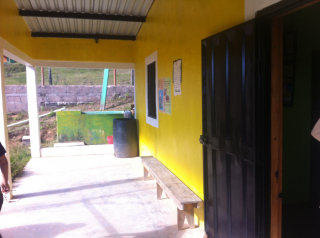 |
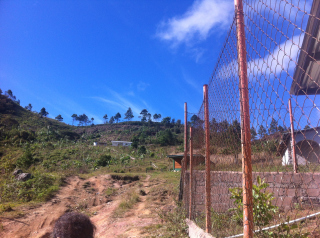 |
